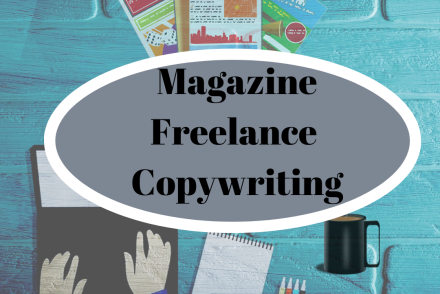
The Launch
My time has not yet come. Jesus [John 2:4 9 (NIV)] A wedding launched Jesus’ ministry. His mom was…
April 3, 2024
My time has not yet come. Jesus [John 2:4 9 (NIV)] A wedding launched Jesus’ ministry. His mom was…
April 3, 2024
LinkedIn is the world’s largest professional network. They help 8 people get hired every minute and host a range…
December 14, 2022
Writers Chat, hosted by Jean Wise, Johnnie Alexander, and Brandy Brow, is the show where we talk about all…
October 15, 2022
Writers Chat, hosted by Jean Wise, Johnnie Alexander, and Brandy Brow, is the show where we talk about all…
September 18, 2022
You’ve poured hours into building a plot, developing characters, and revising. Now that your baby is written, how do…
April 16, 2022
A press kit may sound like something that only celebrities and big-time authors need, but that’s not true. Everyone…
February 24, 2022
The American Thanksgiving falls in November, making now a great time for writers to count their blessings. I can’t…
November 16, 2021
Ever since the lockdown of 2020, there has been a flux of self-published authors all over social media promoting…
September 28, 2021
As you dive further into platform and branding it may be difficult to determine exactly what you want your…
August 18, 2021
There’s a reason that one day you sat down at an empty screen or in front of a blank…
July 18, 2021
As a book author, you must be able to market your book. It may be hard for you if…
June 22, 2021
TikTok is currently one of the most popular video sharing applications in the social media world. It’s filled with…
April 28, 2021
Part one of this two-part article covered how to get started on Instagram. This second part explores growing your…
April 16, 2021
Taking the focus off of ourselves and placing it on our audience changes everything. Everything. That’s exactly what a…
April 12, 2021
Today’s authors must have a platform to market their books. In addition to a personal website, email lists, speaking…
March 28, 2021
As a writer, you need to know how to act and what to do in order to get more…
March 24, 2021
Raise your hand if you’re a writer on Twitter! Same. Twitter is a great place for building that writing…
March 18, 2021
Introduction: Are you looking for the perfect guide to improve your marketing strategy on Instagram? Follow these 7 effective…
March 2, 2021
Allison Pittman, writing as A. K. Pitman, has a brand new book out, and it’s a YA P &…
February 27, 2021
Now more than ever, personal branding is important. Whether you’re scrolling through Instagram looking at the latest influencers’ posts,…
February 18, 2021
It’s a complicated time to be an author trying to build your platform on social media. It’s a weird…
February 7, 2021
When it comes to building a platform, numbers fly around conversations like flies on leftovers. Some may say you…
January 18, 2021
New authors often call me. They want my help to build their platform in time for their book’s release…
January 13, 2021
Twitter is a major social media platform, which holds 330 million monthly active users, and 450 million daily active…
December 23, 2020
Personal brand is a big factor for writers today. Do you have one? If so, what is it? And…
November 18, 2020